Mechanical Engineering
Levitation trick gives drag the slip
Plunging hot spheres into viscous liquids reveals a way to reduce fluid resistance without complex engineering procedures.
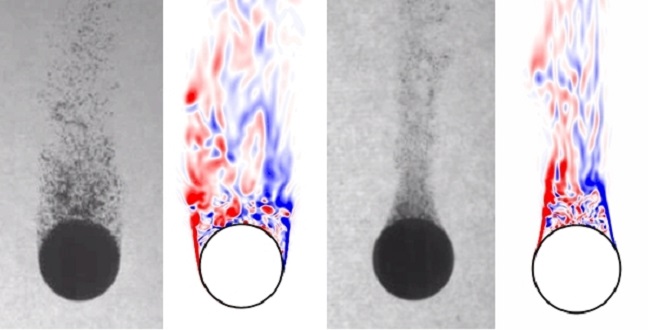
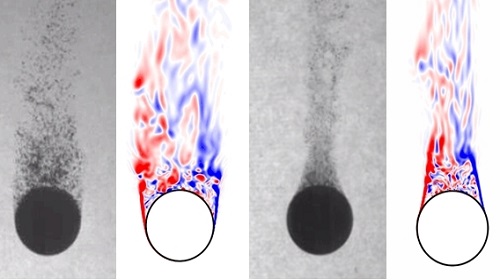
Free-fall experiments and simulations show that spheres enveloped by special vapor layers (rightmost frames) travel with significantly less wake through liquids.
Reproduced with permission from ref 1. © 2016 American Physical Society.
The erratic scooting of water droplets around sizzling frying pans occurs when layers of trapped vapor cause the drops to briefly float. A team from KAUST has shown that this process, known as the Leidenfrost effect, can be used to significantly cut the drag forces faced by objects traveling through liquids1.
A baseball’s special stitches and the dimples on golf balls are not just cosmetic. At sufficient speeds, these rough textures cause a thin boundary layer of air flowing over the sphere to behave turbulently and reduce the friction to a level below that of smooth surfaces. This so-called drag crisis lets these balls achieve longer and more stable trajectories.
Recently, Siggi Thoroddsen, Professor of Mechanical Engineering, and Dr. Ivan Vakarelski from KAUST investigated techniques to trigger drag without invoking the crisis phenomenon. They achieved this by reversing usual Leidenfrost procedures and immersing hot spheres into liquids. With sufficient evaporation, a vapor layer formed that acted as lubricant to reduce liquid-solid friction. This approach enabled hot spheres to move twice as fast as cooler orbs during free-fall experiments.
However, both the drag crisis and Leidenfrost-induced levitation take place under a narrow range of a parameter, known as the Reynolds number, which relates fluid viscosity and density to the size and speed of a traveling sphere. In their latest work, Vakarelski, Thoroddsen and collaborators in Australia used liquids with unique stabilizing properties to dramatically expand the conditions under which Leidenfrost vapor layers diminish drag forces.
The researchers dropped the scalding spheres into tall vertical tanks containing perfluorocarbons, liquids often used as refrigerants that evaporate more easily than water. High-speed video cameras captured the free-fall trajectories of spheres in perfluorocarbons with widely different viscosities to explore a range of drag conditions. Surprisingly, the vapor layer reduced friction by much more than was expected, and did so successfully for Reynolds numbers spanning three orders of magnitude.
Modeling of this process revealed that the Leidenfrost effect induced the liquid flowing around the sphere to slip and take on different velocities. Thoroddsen explained that, “As we slowly introduce more slip, this progressively reduces the drag. The partial slip is determined by the relative viscosity of the liquid and the gas molecules in the vapor layer.”
The team anticipates that vapor layers naturally sustained on superhydrophobic surfaces, or induced via bubble injection, may stimulate development of unexpected friction-cutting techniques. “These experiments just give an upper bound for drag reduction—once engineers see the possibilities, the potential payoff could be large,” added Thoroddsen.
References
- Vakarelski, I. U., Berry, J. D., Chan, D. Y. C. & Thoroddsen, S. T. Leidenfrost vapor layers reduce drag without the crisis in high viscosity liquids. Physical Review Letters 117, 114503 (2016).| article
You might also like
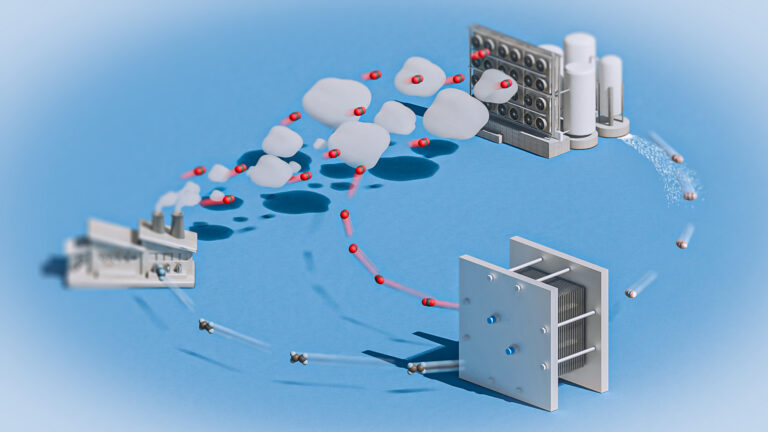
Mechanical Engineering
Electrocatalytic CO2 upcycling excels under pressure
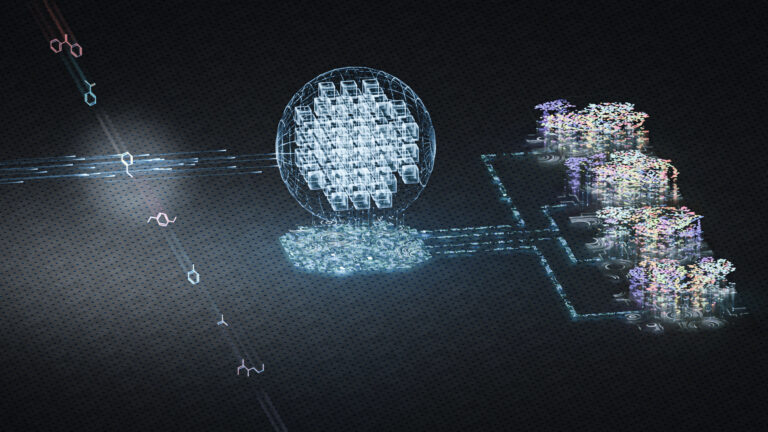
Chemical Engineering
Rethinking machine learning for frontier science
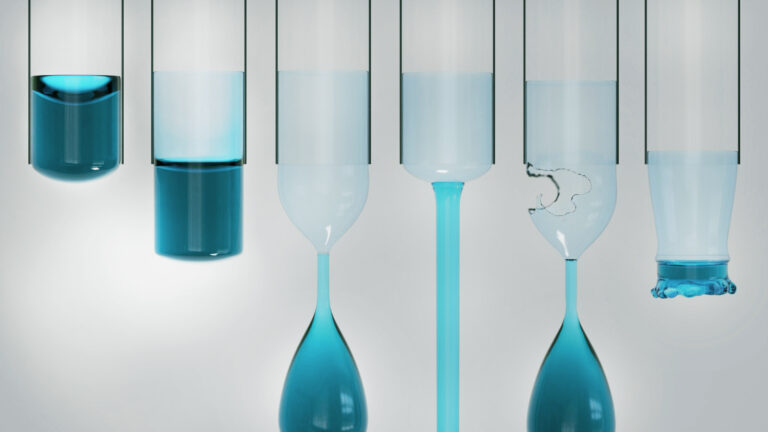
Mechanical Engineering
Falling water forms beautiful fluted films
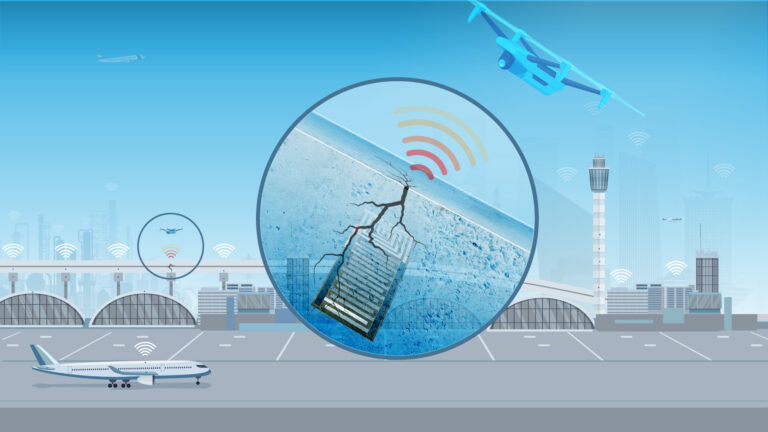
Mechanical Engineering
Innovative strain sensor design enables extreme sensitivity
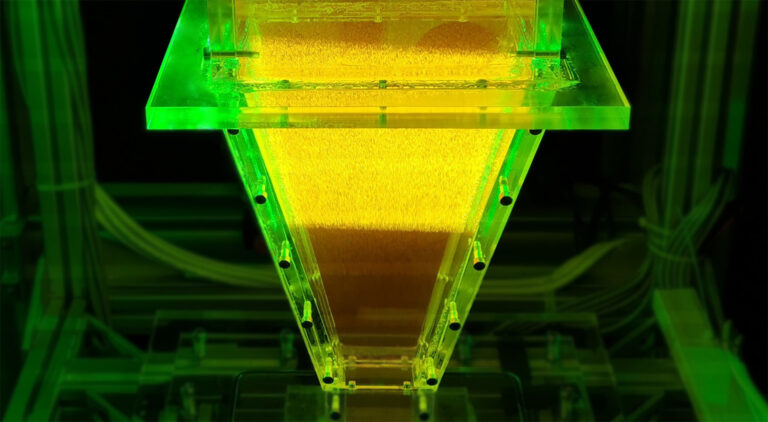
Mechanical Engineering
Turbulent flow shows surprise patterns that could help boost efficiency
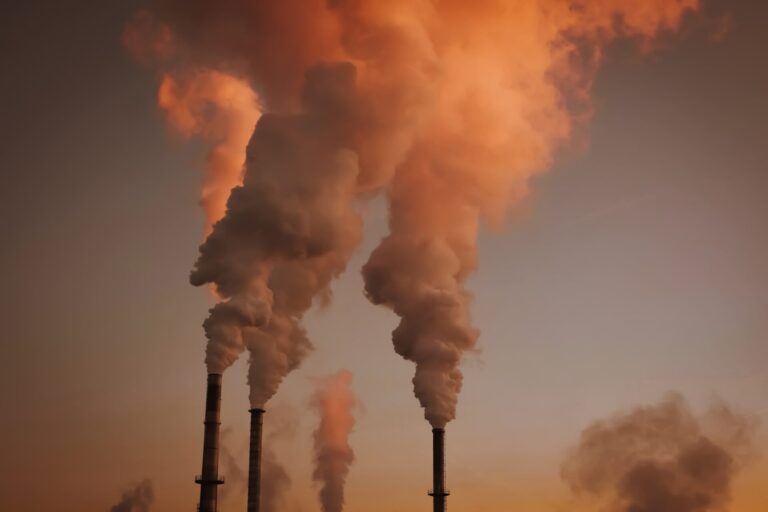
Mechanical Engineering
Machine learning model identifies gas molecules
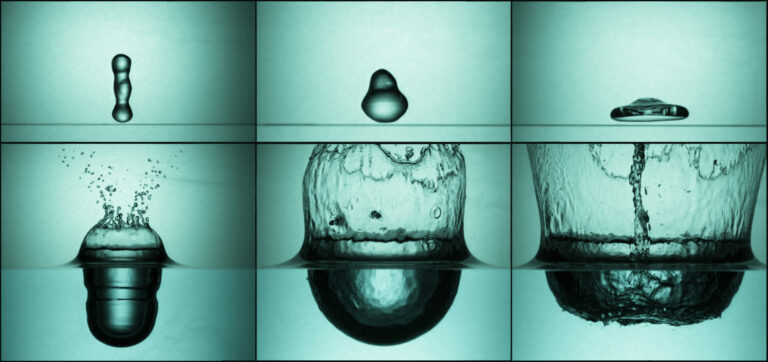
Mechanical Engineering
Making a splash: unraveling the impact of large water droplets
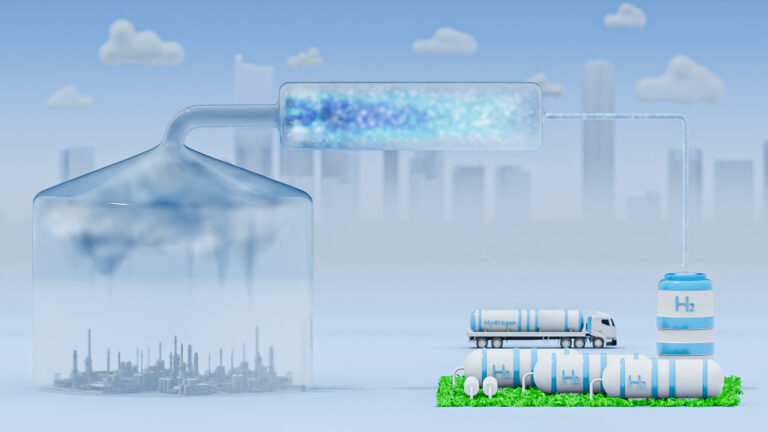
Mechanical Engineering



